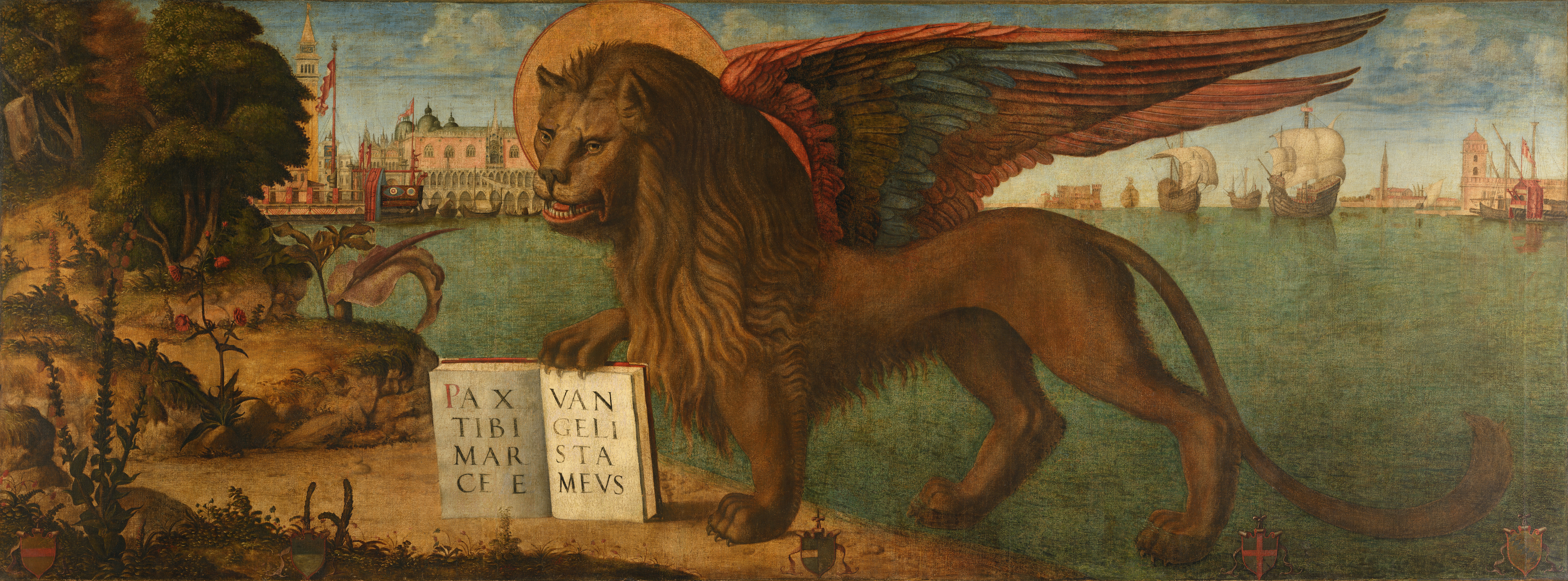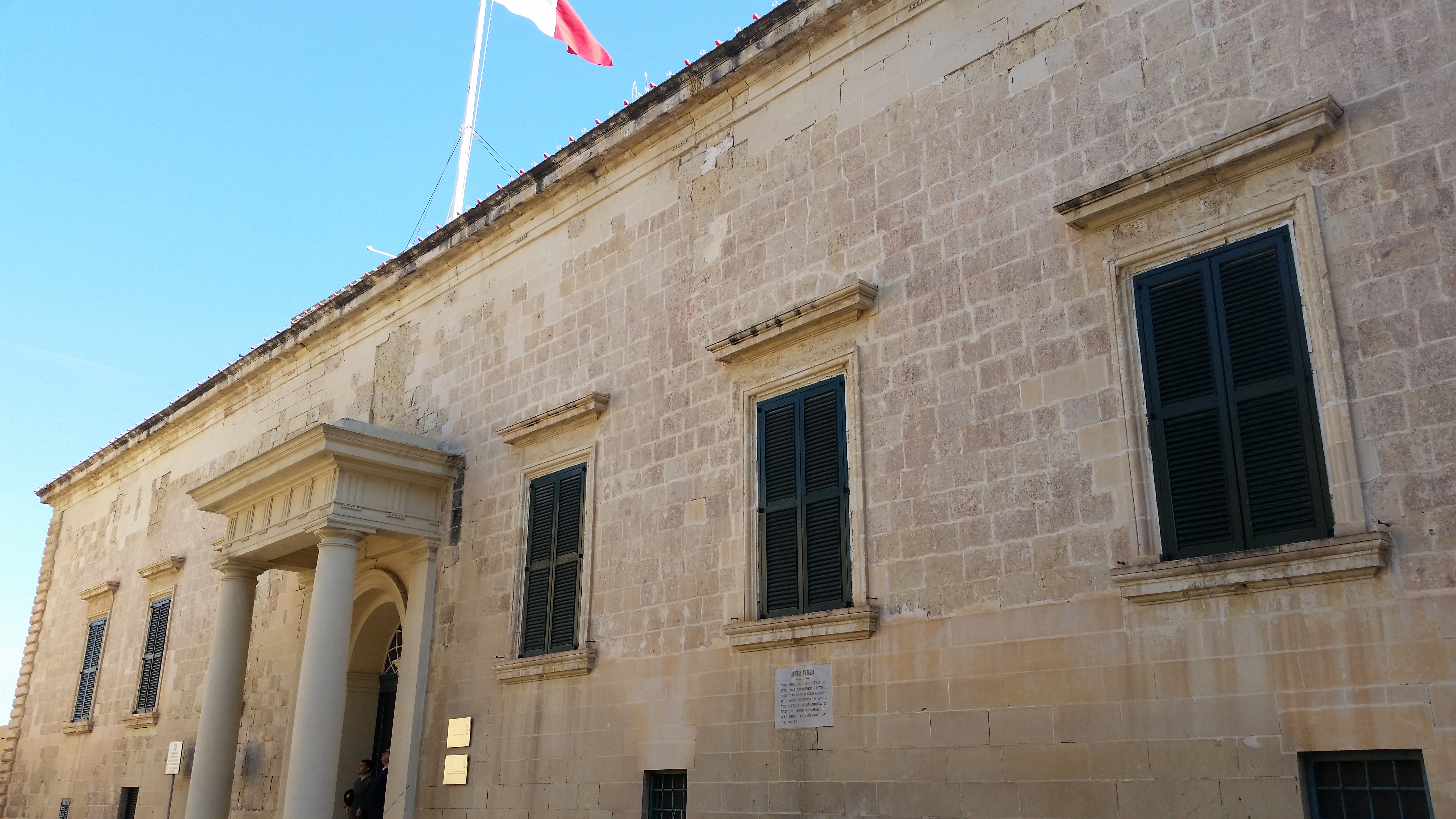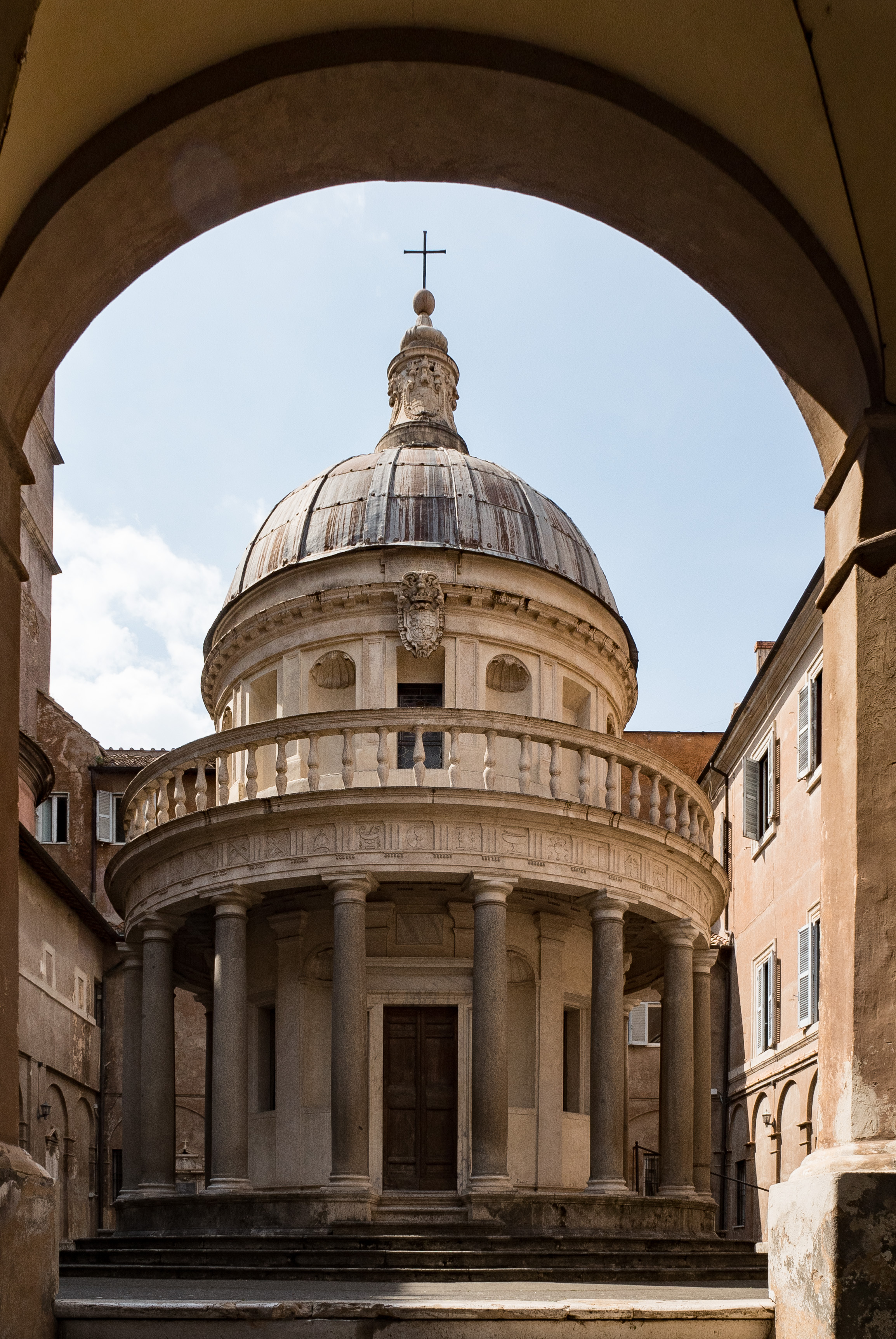|
St Mark's Church, Rabat
The Church of St Mark is a Roman Catholic Augustinian church located in Rabat, Malta. History Augustinians first arrived in Malta in 1383. Their first convent and church were built outside the walls of Mdina however these were demolished in 1555 due to an attack by the Ottomans The Ottoman Turks ( tr, Osmanlı Türkleri), were the Turkic founding and sociopolitically the most dominant ethnic group of the Ottoman Empire ( 1299/1302–1922). Reliable information about the early history of Ottoman Turks remains scarce, .... A new land and an adjacent church dedicated to St Mark were given to the Augustinians to build their new friary. Plans were drawn up by Girolamo Cassar and work commenced in 1571. The church and convent were completed in 1588. The church was built with a Renaissance style facade, unique to Malta. Only few alterations were made since then, preserving the church in the original state as it was when built. The church facade was restored in 2016. [...More Info...] [...Related Items...] OR: [Wikipedia] [Google] [Baidu] |
Rabat, Malta
Rabat ( mt, Ir-Rabat, ) is a town in the Northern Region of Malta, with a population of 11,497 as of March 2014. It adjoins the ancient capital city of Mdina, and a north-western area formed part of the Roman city of Melite until its medieval retrenchment. The Apostolic Nunciature of the Holy See to the Republic of Malta is seated in this village. The Local Council of Rabat is also the administrator of Baħrija. Parts of the films ''Munich'' and '' Black Eagle'' were shot in Rabat. In December 1999, Mtarfa was split from Rabat to form a separate Local Council by Act XXI, an amendment to the Local Council Act of 1993 (Act XV). Etymology Rabat is a Semitic word which can mean "fortified town" or "suburb". Catacombs Rabat is home to the famous Catacombs of St. Paul and of St. Agatha. These catacombs were used in Roman times to bury the dead as, according to Roman culture, it was unhygienic to bury the dead in the city. Mdina and parts of Rabat were built on top of the ancie ... [...More Info...] [...Related Items...] OR: [Wikipedia] [Google] [Baidu] |
Malta
Malta ( , , ), officially the Republic of Malta ( mt, Repubblika ta' Malta ), is an island country in the Mediterranean Sea. It consists of an archipelago, between Italy and Libya, and is often considered a part of Southern Europe. It lies south of Sicily (Italy), east of Tunisia, and north of Libya. The official languages are Maltese language, Maltese and English language, English, and 66% of the current Maltese population is at least conversational in the Italian language, Italian language. Malta has been inhabited since approximately 5900 BC. Its location in the centre of the Mediterranean Sea, Mediterranean has historically given it great strategic importance as a naval base, with a succession of powers having contested and ruled the islands, including the Phoenicians and Ancient Carthage, Carthaginians, Romans, Greeks, Arabs, Normans, Aragonese, Knights Hospitaller, Knights of St. John, French, and British, amongst others. With a population of about 516,000 over an ... [...More Info...] [...Related Items...] OR: [Wikipedia] [Google] [Baidu] |
Roman Catholic
Roman or Romans most often refers to: *Rome, the capital city of Italy *Ancient Rome, Roman civilization from 8th century BC to 5th century AD *Roman people, the people of ancient Rome *''Epistle to the Romans'', shortened to ''Romans'', a letter in the New Testament of the Christian Bible Roman or Romans may also refer to: Arts and entertainment Music *Romans (band), a Japanese pop group * ''Roman'' (album), by Sound Horizon, 2006 * ''Roman'' (EP), by Teen Top, 2011 *"Roman (My Dear Boy)", a 2004 single by Morning Musume Film and television *Film Roman, an American animation studio * ''Roman'' (film), a 2006 American suspense-horror film * ''Romans'' (2013 film), an Indian Malayalam comedy film * ''Romans'' (2017 film), a British drama film * ''The Romans'' (''Doctor Who''), a serial in British TV series People * Roman (given name), a given name, including a list of people and fictional characters * Roman (surname), including a list of people named Roman or Romans *Ῥωμα� ... [...More Info...] [...Related Items...] OR: [Wikipedia] [Google] [Baidu] |
Mark The Evangelist
Mark the Evangelist ( la, Marcus; grc-gre, Μᾶρκος, Mârkos; arc, ܡܪܩܘܣ, translit=Marqōs; Ge'ez: ማርቆስ; ), also known as Saint Mark, is the person who is traditionally ascribed to be the author of the Gospel of Mark. According to Church tradition, Mark founded the episcopal see of Alexandria, which was one of the five most important sees of early Christianity. His feast day is celebrated on April 25, and his symbol is the winged lion. Mark's identity According to William Lane (1974), an "unbroken tradition" identifies Mark the Evangelist with John Mark, and John Mark as the cousin of Barnabas. However, Hippolytus of Rome in ''On the Seventy Apostles'' distinguishes Mark the Evangelist (2 Tim 4:11), John Mark (Acts 12:12, 25; 13:5, 13; 15:37), and Mark the cousin of Barnabas (Col 4:10; Phlm 1:24). According to Hippolytus, they all belonged to the "Seventy Disciples" who were sent out by Jesus to disseminate the gospel ( Luke 10:1ff.) in Judea. Ac ... [...More Info...] [...Related Items...] OR: [Wikipedia] [Google] [Baidu] |
Girolamo Cassar
Girolamo Cassar ( mt, Ġlormu Cassar, 1520 – 1592) was a Maltese architect and military engineer. He was the resident engineer of the Order of St. John, and was admitted into the Order in 1569. He was involved in the construction of Valletta, initially as an assistant to Francesco Laparelli, before taking over the project himself. He designed many public, religious and private buildings in the new capital city, including Saint John's Co-Cathedral, the Grandmaster's Palace and the auberges. He was the father of Vittorio Cassar, another architect and engineer. Biography Cassar's date of birth is not known, but he is believed to have been born in around 1520 in either Birgu or Gudja. The Cassar family, probably originating from Sicily, had been established in Malta since at least the year 1440. He had two brothers, named Andreas and Ians, and married his wife Mathia in the early 1560s after which they had five children -two boys, Vittorio and Gabriele; and three girls, Mar ... [...More Info...] [...Related Items...] OR: [Wikipedia] [Google] [Baidu] |
Baroque Architecture
Baroque architecture is a highly decorative and theatrical style which appeared in Italy in the early 17th century and gradually spread across Europe. It was originally introduced by the Catholic Church, particularly by the Jesuits, as a means to combat the Reformation and the Protestant church with a new architecture that inspired surprise and awe. It reached its peak in the High Baroque (1625–1675), when it was used in churches and palaces in Italy, Spain, Portugal, France, Bavaria and Austria. In the Late Baroque period (1675–1750), it reached as far as Russia and the Spanish and Portuguese colonies in Latin America. About 1730, an even more elaborately decorative variant called Rococo appeared and flourished in Central Europe. Baroque architects took the basic elements of Renaissance architecture, including domes and colonnades, and made them higher, grander, more decorated, and more dramatic. The interior effects were often achieved with the use of '' quadratura ... [...More Info...] [...Related Items...] OR: [Wikipedia] [Google] [Baidu] |
Renaissance Architecture
Renaissance architecture is the European architecture of the period between the early 15th and early 16th centuries in different regions, demonstrating a conscious revival and development of certain elements of ancient Greek and Roman thought and material culture. Stylistically, Renaissance architecture followed Gothic architecture and was succeeded by Baroque architecture. Developed first in Florence, with Filippo Brunelleschi as one of its innovators, the Renaissance style quickly spread to other Italian cities. The style was carried to Spain, France, Germany, England, Russia and other parts of Europe at different dates and with varying degrees of impact. Renaissance style places emphasis on symmetry, proportion, geometry and the regularity of parts, as demonstrated in the architecture of classical antiquity and in particular ancient Roman architecture, of which many examples remained. Orderly arrangements of columns, pilasters and lintels, as well as the use of semici ... [...More Info...] [...Related Items...] OR: [Wikipedia] [Google] [Baidu] |
Archdiocese Of Malta
The Archdiocese of Malta ( Malti: ''Arċidjoċesi ta' Malta'') is a metropolitan archdiocese of the Latin Rite of the Catholic Church in Malta. History Tradition claims that St. Paul the Apostle established the diocese of Malta in the year 60 A.D when he ordained the Roman governor, Saint Publius, as the first bishop of Malta. The Diocese of Malta was made a suffragan diocese to the Metropolitan Archdiocese of Palermohttp://maltahistory.eu5.net/mh/19586.html by a Papal Bull of Pope Adrian IV on 10 July 1156 and confirmed by Pope Alexander III on 26 April 1160. The former Diocese of Malta, which is one of the oldest dioceses in the world, was elevated to archdiocese on January 1, 1944. The Diocese of Malta included the islands of Malta, Gozo and Comino. On September 22, 1864, the diocese lost the territories of Gozo and Comino when Pope Pius IX established the Diocese of Gozo which became a suffragan diocese to Malta. Cathedrals There are two cathedrals in the diocese: Th ... [...More Info...] [...Related Items...] OR: [Wikipedia] [Google] [Baidu] |
Charles Scicluna
Charles Jude Scicluna (born 15 May 1959) is a Canadian-Maltese prelate of the Roman Catholic Church who has been the Archbishop of Malta since 2015. He held positions in the Roman Curia from 1995 to 2012, when he was appointed Auxiliary Bishop of Malta. Both as a curial official and since becoming a bishop he has conducted investigations into sexual abuse by clergy on behalf of the Holy See and led a board that reviews such cases. He has been called "the Vatican's most respected sex crimes expert". Since November 2018 he has also been an Adjunct Secretary of the Congregation for the Doctrine of the Faith, the curial body responsible for dealing with clerical sexual abuse cases on minors around the world. Education and priesthood Scicluna was born to Maltese parents in Toronto, Ontario, Canada, on 15 May 1959. His family moved to Qormi in Malta when he was 11 months old. In Malta, he attended St. Edward's College. After secondary school, he studied at the Major Seminary there. H ... [...More Info...] [...Related Items...] OR: [Wikipedia] [Google] [Baidu] |
Augustinians
Augustinians are members of Christian religious orders that follow the Rule of Saint Augustine, written in about 400 AD by Augustine of Hippo. There are two distinct types of Augustinians in Catholic religious orders dating back to the 12th–13th centuries: * Various congregations of Canons Regular also follow the Rule of Saint Augustine, embrace the evangelical counsels and lead a semi-monastic life, while remaining committed to pastoral care appropriate to their primary vocation as priests. They generally form one large community which might serve parishes in the vicinity, and are organized into autonomous congregations. * Several orders of friars who live a mixed religious life of contemplation and apostolic ministry. The largest and most familiar is the Order of Saint Augustine (OSA), founded in 1244 and originally known as the Hermits of Saint Augustine (OESA). They are commonly known as the Austin Friars in England. Two other orders, the Order of Augustinian Recollec ... [...More Info...] [...Related Items...] OR: [Wikipedia] [Google] [Baidu] |
Mdina
Mdina ( mt, L-Imdina ; phn, 𐤌𐤋𐤈, Maleṭ; grc, Μελίττη, Melíttē; ar, مدينة, Madīnah; ), also known by its Italian-language titles ("Old City") and ("Notable City"), is a fortified city in the Northern Region of Malta which served as the island's capital from antiquity to the medieval period. The city is still confined within its walls, and has a population of just under 300, but it is contiguous with the town of Rabat, which takes its name from the Arabic word for suburb, and has a population of over 11,000 (as of March 2014). The city was founded as Maleth in around the 8th century BC by Phoenician settlers, and was later renamed Melite by the Romans. Ancient Melite was larger than present-day Mdina, and it was reduced to its present size during the Byzantine or Arab occupation of Malta. During the latter period, the city adopted its present name, which derives from the Arabic word . The city remained the capital of Malta throughout the Middle A ... [...More Info...] [...Related Items...] OR: [Wikipedia] [Google] [Baidu] |
Ottoman Empire
The Ottoman Empire, * ; is an archaic version. The definite article forms and were synonymous * and el, Оθωμανική Αυτοκρατορία, Othōmanikē Avtokratoria, label=none * info page on book at Martin Luther University) // CITED: p. 36 (PDF p. 38/338) also known as the Turkish Empire, was an empire that controlled much of Southeast Europe, Western Asia, and North Africa, Northern Africa between the 14th and early 20th centuries. It was founded at the end of the 13th century in northwestern Anatolia in the town of Söğüt (modern-day Bilecik Province) by the Turkoman (ethnonym), Turkoman tribal leader Osman I. After 1354, the Ottomans crossed into Europe and, with the Ottoman wars in Europe, conquest of the Balkans, the Ottoman Anatolian beyliks, beylik was transformed into a transcontinental empire. The Ottomans ended the Byzantine Empire with the Fall of Constantinople, conquest of Constantinople in 1453 by Mehmed the Conqueror. Under the reign of Sule ... [...More Info...] [...Related Items...] OR: [Wikipedia] [Google] [Baidu] |






